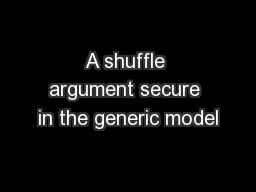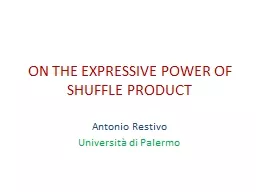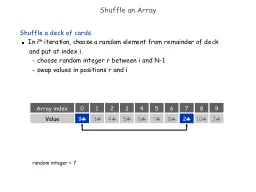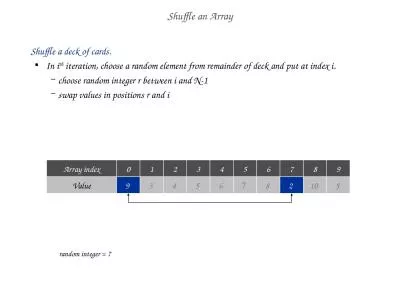PPT-A shuffle argument secure in the generic model
Author : conchita-marotz | Published Date : 2018-03-23
Prastudy Fauzi Helger Lipmaa Michal Zajac University of Tartu Estonia EstonianLatvian Joint Theory Days 14102016 ASIACRYPT 2016 Our results A new efficient
Presentation Embed Code
Download Presentation
Download Presentation The PPT/PDF document "A shuffle argument secure in the generic..." is the property of its rightful owner. Permission is granted to download and print the materials on this website for personal, non-commercial use only, and to display it on your personal computer provided you do not modify the materials and that you retain all copyright notices contained in the materials. By downloading content from our website, you accept the terms of this agreement.
A shuffle argument secure in the generic model: Transcript
Download Rules Of Document
"A shuffle argument secure in the generic model"The content belongs to its owner. You may download and print it for personal use, without modification, and keep all copyright notices. By downloading, you agree to these terms.
Related Documents














